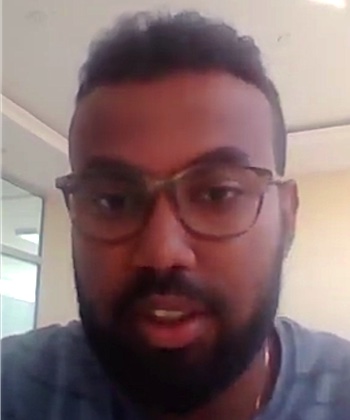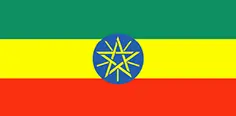
Father walks after a stroke
Mikias (
Ethiopia
 )
)


My father walks for the first time after suffering a stroke – Mikias’s goosebump moment
“Hello. I am Mikias Tilahun Abebe and I come from Addis Ababa, Ethiopia. My goosebump moment was watching my father walk for the first time after having a stroke attack. He was in a coma for more than two months and we all, including the doctors, had lost hope about his survival, let alone walking like a normal person. After nearly six months he took his first step, and I was filled with joy seeing him fight against all odds. Although the first time was just a couple of steps, he kept trying every single day utill now he can walk like a normal person. He is my inspiration in life and has taught me to keep fighting no matter the circumstances, no matter what.”
A successful recovery
To be able to walk, to feel sensory stimuli again, or to voluntarily perform contractions after suffering a stroke is a moment of hope for those who have suffered this experience and also for their families.
There is no magic bullet, except perseverance and patience, continuous work, struggle, and the will to move forward. Accepting that life has changed and adapting as best as possible to the new situation are the first steps to a successful recovery.
The causes of a stroke
Recovering from a stroke can be a long and frustrating experience. It is normal to go through difficulties along the way. Dedication and a willingness to work to get better helps to get the most benefit.
Physical activities may include motor exercises, mobility training, constraint-induced therapy, range-of-motion therapy, functional electrical stimulation, robotic technology, wireless technology, and virtual reality.
The causes of a stroke are like those of a heart attack, but in the brain. That is why stroke is also known as “cerebral infarction”.
A stroke occurs when the blood supply to the brain is cut off either by a blocked artery (ischemic stroke) or a burst artery (hemorrhagic stroke).
Because brain cells cannot survive without oxygen, the lack of oxygen-rich blood causes brain damage that results in sequelae of a stroke.
Stroke rehabilitation time
Generally, stroke rehabilitation begins the day after treatment has been administered.
Although this can be overwhelming for the patient, therapists must capitalize on the “heightened state of plasticity” that the brain is in immediately following the injury.
Rehabilitation performed during these early stages will have a major impact on recovery.
Every stroke patient will have a different stroke recovery time because every stroke is different. However, people recovering from a minor stroke can recover within 6 months to a year. For a massive stroke, rehabilitation could take years.
While this may seem overwhelming, there is no need to lose hope. While stroke rehabilitation is a long process, there is much hope for recovery.
More about recovering from a stroke:

Rate This Goosebump Moment